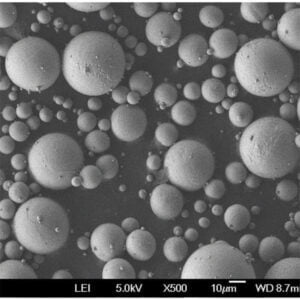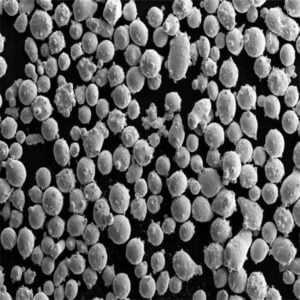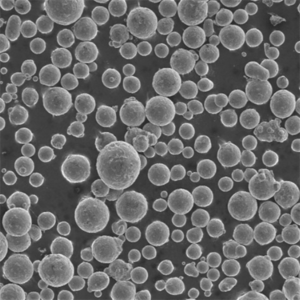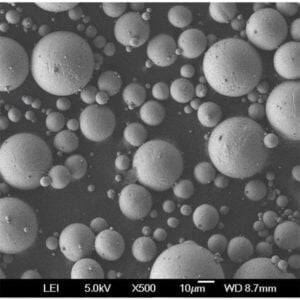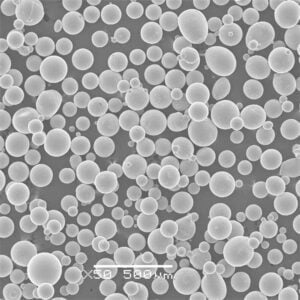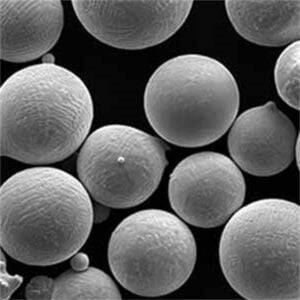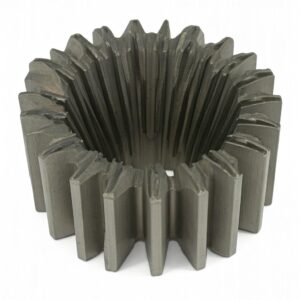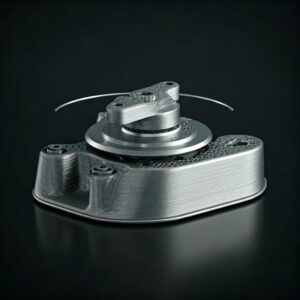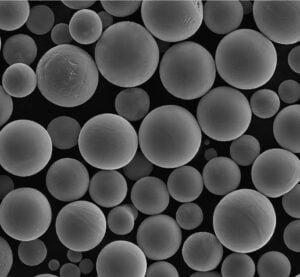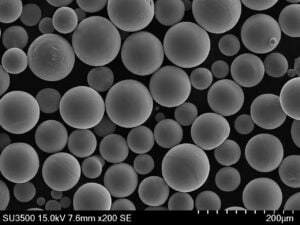Iron Base Alloy 904L
Table of Contents
Iron-based alloys have long been at the heart of modern engineering, offering unique combinations of strength, durability, and corrosion resistance. Among these, Iron Base Alloy 904L stands out as a high-performance material renowned for its exceptional resistance to corrosion in a wide range of environments. In this article, we’ll dive deep into the world of 904L alloy, exploring its composition, characteristics, applications, advantages, and more.
Overview of Iron Base Alloy 904L
Iron Base Alloy 904L is a premium, austenitic stainless steel known for its high chromium, nickel, and molybdenum content, making it exceptionally resistant to corrosion, especially in harsh environments. Originally developed for use in the chemical industry, 904L has since found its way into a variety of applications where durability and longevity are paramount.
Key Features:
- High Corrosion Resistance: 904L is particularly resistant to pitting and crevice corrosion in chloride environments.
- Excellent Weldability: Unlike other alloys, 904L maintains its properties during welding, making it easier to work with in various manufacturing processes.
- High Toughness and Ductility: Even at low temperatures, 904L retains its toughness, making it suitable for cryogenic applications.
- Non-Magnetic: In its annealed condition, 904L is non-magnetic, which is beneficial in certain electronic and magnetic-sensitive applications.
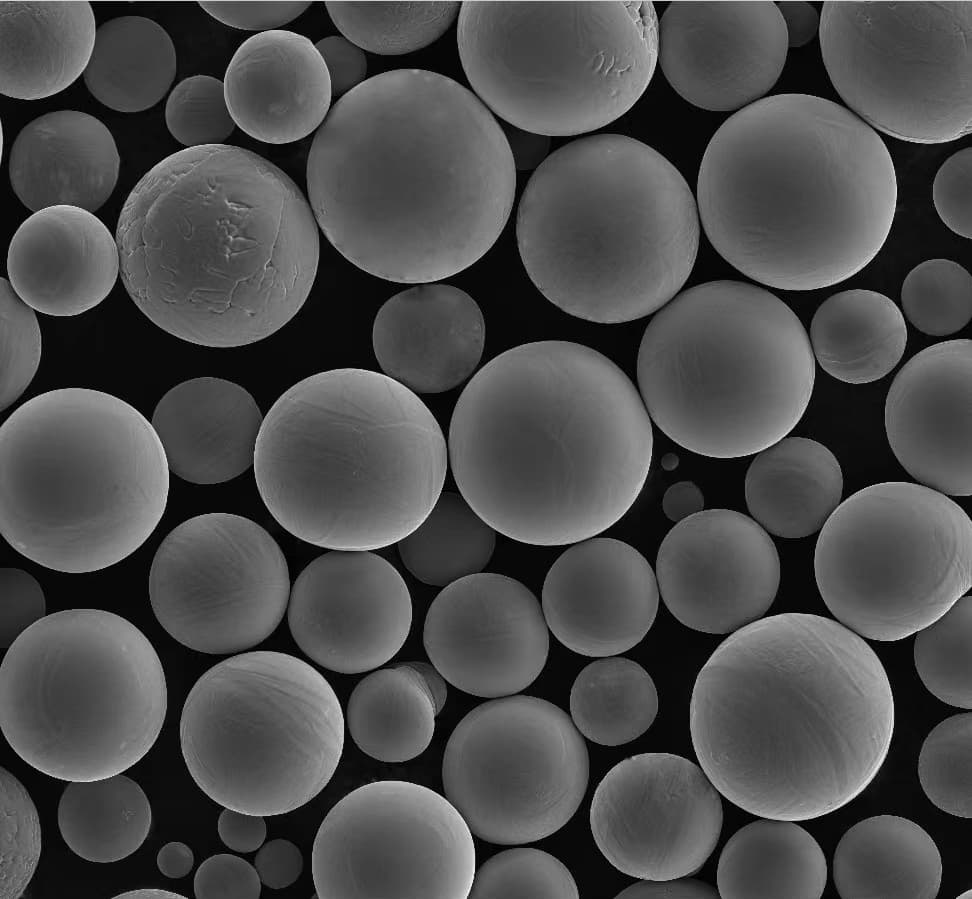
Composition of Iron Base Alloy 904L
The unique properties of 904L are a direct result of its carefully balanced chemical composition. This alloy contains a higher concentration of nickel and molybdenum compared to standard stainless steels, which significantly enhances its corrosion resistance.
| Element | Composition (%) | Role in the Alloy |
|---|---|---|
| Iron (Fe) | 50-60% | Base element providing strength and toughness. |
| Chromium (Cr) | 19-23% | Increases corrosion resistance by forming a passive layer on the surface. |
| Nickel (Ni) | 23-28% | Enhances corrosion resistance and ductility. |
| Molybdenum (Mo) | 4-5% | Improves resistance to pitting and crevice corrosion. |
| Copper (Cu) | 1-2% | Adds additional corrosion resistance in reducing environments. |
| Carbon (C) | 0.02% max | Kept low to avoid carbide precipitation and maintain corrosion resistance. |
| Manganese (Mn) | 2% max | Enhances toughness and workability. |
| Silicon (Si) | 1% max | Deoxidizes the steel and improves its strength. |
| Sulfur (S) | 0.035% max | Controls the machinability of the alloy. |
The specific combination of these elements gives 904L its outstanding performance characteristics, making it a preferred choice for demanding applications.
Characteristics of Iron Base Alloy 904L
When choosing a material for a particular application, it’s crucial to understand its characteristics. Iron Base Alloy 904L is distinguished by its excellent mechanical properties and corrosion resistance, even under extreme conditions.
1. Corrosion Resistance
Iron Base Alloy 904L is highly resistant to a variety of corrosive environments:
- Chloride Corrosion: Its high chromium and molybdenum content provides superior resistance to pitting and crevice corrosion, common in chloride-rich environments like seawater.
- Sulfuric Acid Resistance: 904L performs exceptionally well in sulfuric acid solutions, making it suitable for chemical processing industries.
- Intergranular Corrosion: Due to its low carbon content, 904L is less susceptible to intergranular corrosion, which can occur in other stainless steels after welding.
2. Mechanical Properties
- Tensile Strength: The alloy boasts a tensile strength of around 490-690 MPa, providing ample strength for most structural applications.
- Yield Strength: With a yield strength of 220-255 MPa, 904L can endure significant deformation before permanent changes occur.
- Elongation: High elongation (35-40%) indicates excellent ductility, allowing the material to absorb energy without fracturing.
- Hardness: 904L has a Brinell hardness rating of approximately 150, offering a balance between toughness and wear resistance.
3. Thermal Properties
- Thermal Conductivity: The alloy has a thermal conductivity of about 12 W/m·K, which is relatively low, meaning it retains heat well.
- Thermal Expansion: 904L has a coefficient of thermal expansion of 15.5 x 10^-6 /K, which should be considered when it’s used in conjunction with other materials in thermal cycling applications.
4. Fabrication and Weldability
One of the standout features of 904L is its excellent weldability. It can be welded using standard methods such as TIG, MIG, and resistance welding without the risk of losing its corrosion-resistant properties. Post-weld heat treatment is typically not required, simplifying the fabrication process.
Applications of Iron Base Alloy 904L
Iron Base Alloy 904L is widely used across various industries due to its robustness and resistance to hostile environments. Here’s a breakdown of its common applications:
| Industry | Applications | Reason for Use |
|---|---|---|
| Chemical Processing | Heat exchangers, reactors, piping | Outstanding resistance to corrosive chemicals and acids, especially sulfuric acid. |
| Oil & Gas | Offshore piping, valves, and fittings | Excellent resistance to chloride stress corrosion cracking, ideal for marine environments. |
| Pharmaceutical | Production equipment, reactors | Maintains purity in highly reactive environments, ensuring no contamination of products. |
| Desalination Plants | Evaporators, condensers | Withstands high salinity and chloride-rich waters without pitting. |
| Pulp & Paper | Bleaching equipment | Resists attack from aggressive bleaching chemicals like chlorine dioxide. |
| Nuclear Industry | Fuel reprocessing and storage | High strength and resistance to radiation damage. |
| Pollution Control | Scrubbers, flue gas desulfurization units | Resists acidic waste gases and effluents. |
Specifications, Sizes, Grades, and Standards of Iron Base Alloy 904L
When selecting materials for specific applications, it’s essential to consider the available specifications, sizes, grades, and standards of Iron Base Alloy 904L. These details can influence the suitability of the material for a given application.
| Parameter | Details |
|---|---|
| Standards | ASTM B625, ASTM B649, ASTM B673 |
| Grades | UNS N08904, EN 1.4539 |
| Forms Available | Sheets, plates, bars, pipes, tubes, fittings, flanges |
| Sizes | Sheets/Plates: 0.1mm to 50mm thickness; Bars: 6mm to 250mm diameter; Pipes/Tubes: 6mm to 610mm outer diameter |
| Surface Finish | No. 1, 2B, No. 4, No. 8 (Mirror) |
| Heat Treatment | Solution annealed at 1090°C – 1175°C, then rapidly cooled. |
These specifications and standards ensure that 904L meets the stringent requirements of various industries, providing consistency and reliability in performance.
Suppliers and Pricing Details of Iron Base Alloy 904L
Finding the right supplier for Iron Base Alloy 904L is crucial for ensuring quality and timely delivery. Below is a summary of some leading suppliers and their pricing details.
| Supplier | Location | Product Forms | Price Range (per kg) |
|---|---|---|---|
| Outokumpu | Europe, USA | Sheets, Plates, Bars | $12 – $20 |
| Sandvik Materials Technology | Global | Tubes, Pipes, Fittings | $15 – $22 |
| Thyssenkrupp | Global | Sheets, Plates, Coils | $13 – $18 |
| AK Steel | USA | Sheets, Plates | $14 – $21 |
| Nippon Yakin | Japan | Bars, Pipes, Sheets | $16 – $24 |
| Allegheny Technologies | USA | Sheets, Plates, Bars | $13 – $19 |
| Rolled Alloys | USA | Bars, Pipes, Tubes | $14 – $20 |
Prices may vary based on the form, quantity, and market conditions. It’s always advisable to request a quote directly from the suppliers for the most accurate and up-to-date pricing.
Advantages and Limitations of Iron Base Alloy 904L
When considering the use of Iron Base Alloy 904L, it’s essential to weigh its pros and cons to determine if it’s the right material for your application.
Advantages
- Superior Corrosion Resistance: Outperforms many other stainless steels in environments with aggressive chemicals and salts.
- Versatility: Suitable for a wide range of industries from chemical processing to nuclear applications.
- Durability: High resistance to wear and tear, leading to longer service life.
- Ease of Fabrication: Good weldability and formability make it easy to work with, reducing manufacturing costs.
- Non-Magnetic: Beneficial in applications where magnetic interference needs to be minimized.
Limitations
- Cost: 904L is more expensive compared to standard stainless steels like 304 or 316 due to its high alloy content.
- Availability: Not as widely available as more common stainless steels, which can lead to longer lead times.
- Hardness: Although it’s tough, 904L is not as hard as some other specialty steels, which may limit its use in highly abrasive environments.
Specific Metal Powder Models of Iron Base Alloy 904L
For those involved in additive manufacturing or powder metallurgy, selecting the right metal powder is crucial. Below are specific metal powder models of Iron Base Alloy 904L, each with unique characteristics suited for various applications.
| Model | Particle Size (µm) | Characteristics | Applications |
|---|---|---|---|
| 904L-PM1 | 15-45 | High purity, excellent flowability | Aerospace components, medical implants |
| 904L-PM2 | 10-35 | Fine powder for intricate details | Dental applications, precision tools |
| 904L-PM3 | 20-63 | Standard particle size for general use | Industrial machinery, automotive parts |
| 904L-PM4 | 45-106 | Coarser powder for larger components | Oil & gas components, structural parts |
| 904L-PM5 | 15-53 | Optimized for selective laser melting (SLM) | 3D printing, rapid prototyping |
| 904L-PM6 | 10-45 | High flowability for binder jetting | Additive manufacturing of complex geometries |
| 904L-PM7 | 20-50 | Balanced size for powder bed fusion | High-performance tools, aerospace parts |
| 904L-PM8 | 25-75 | Excellent for electron beam melting (EBM) | Large structural components, industrial tooling |
| 904L-PM9 | 10-30 | Ultra-fine powder for high-resolution prints | Microelectronics, fine mechanical parts |
| 904L-PM10 | 20-60 | Enhanced for low oxygen content | Medical devices, high-strength components |
Each powder model is tailored to meet specific manufacturing needs, ensuring that users can select the most appropriate powder for their process and application.
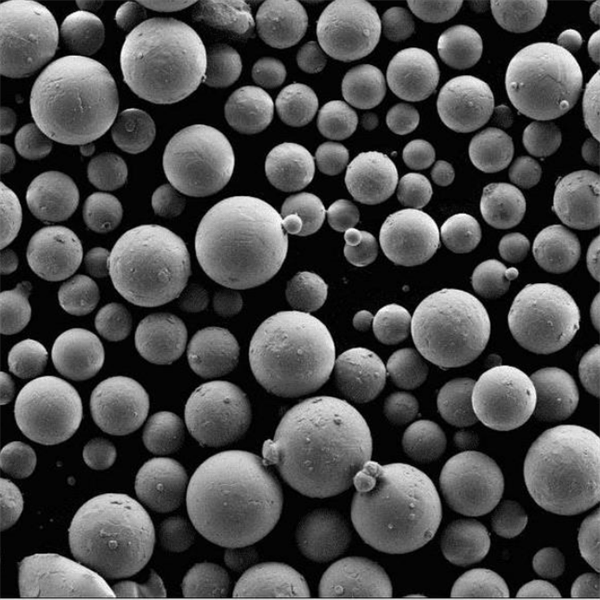
FAQ
| Question | Answer |
|---|---|
| What makes 904L different from other stainless steels? | 904L has a higher content of nickel, chromium, and molybdenum, which provides superior corrosion resistance, especially in chloride-rich environments. |
| Can 904L be used in seawater applications? | Yes, 904L is highly resistant to pitting and crevice corrosion, making it an excellent choice for seawater and marine applications. |
| Is 904L easy to weld? | Yes, 904L is known for its excellent weldability without losing its corrosion-resistant properties. |
| How does 904L compare to 316L in terms of corrosion resistance? | 904L offers better corrosion resistance, particularly in acidic environments and chloride exposure, compared to 316L. |
| What industries commonly use 904L? | 904L is widely used in chemical processing, oil & gas, pharmaceuticals, desalination plants, and the nuclear industry. |
| Is 904L magnetic? | No, 904L is non-magnetic in its annealed condition, which is beneficial in applications where magnetic interference must be avoided. |
| What are the limitations of 904L? | The primary limitations are its cost, availability, and slightly lower hardness compared to some other specialty steels. |
| Can 904L be used in high-temperature applications? | Yes, 904L can be used in moderately high-temperature environments, though it’s not as heat-resistant as some specialized alloys. |
| Where can I buy 904L alloy? | 904L alloy can be purchased from suppliers like Outokumpu, Sandvik Materials Technology, Thyssenkrupp, and others listed above. |
| Is 904L suitable for 3D printing? | Yes, 904L powder models such as 904L-PM5 and 904L-PM6 are specifically designed for additive manufacturing techniques like SLM and binder jetting. |
Conclusion
Iron Base Alloy 904L is a versatile and robust material that excels in demanding environments, offering unparalleled corrosion resistance and durability. Whether you’re in the chemical processing industry, marine applications, or even additive manufacturing, 904L provides a reliable solution that stands the test of time. While it may come at a higher cost compared to other stainless steels, its performance in harsh conditions often justifies the investment.
For those looking to delve into the world of 904L, understanding its composition, characteristics, applications, and specific metal powder models is crucial. This alloy’s unique properties make it a go-to choice for engineers and designers who require the best in performance and reliability.
If you have further questions or need additional information, the FAQ section above should provide the answers you’re looking for. Embrace the power of Iron Base Alloy 904L, and take your projects to the next level!
Share On
MET3DP Technology Co., LTD is a leading provider of additive manufacturing solutions headquartered in Qingdao, China. Our company specializes in 3D printing equipment and high-performance metal powders for industrial applications.
Inquiry to get best price and customized Solution for your business!
Related Articles
About Met3DP
Recent Update
Our Product
CONTACT US
Any questions? Send us message now! We’ll serve your request with a whole team after receiving your message.
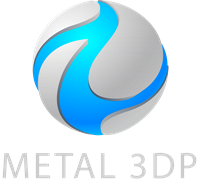
Metal Powders for 3D Printing and Additive Manufacturing
COMPANY
PRODUCT
cONTACT INFO
- Qingdao City, Shandong, China
- [email protected]
- [email protected]
- +86 19116340731






